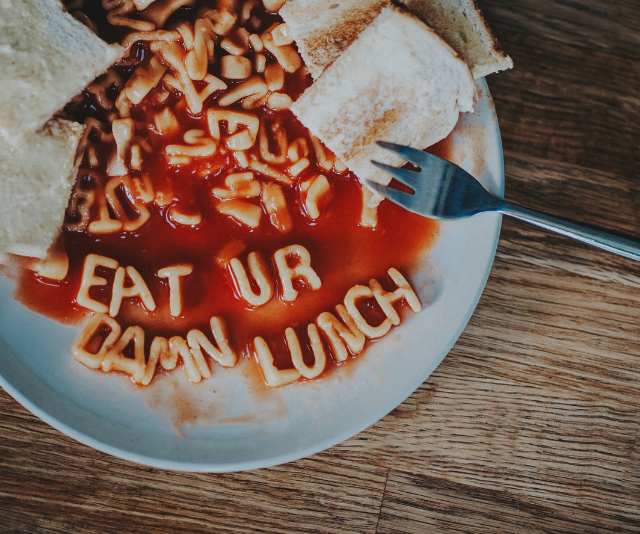Kids and clothing stains go together like mornings and coffee, wine and cheese, avocado and toast… ok, you get the picture.
Clothing looks old when it starts to get faded, stained and stretched out of shape. Want to know how you can get your children’s clothing looking fresh and new for longer? Oh yes, I know you do…
Cold wash
Sort your clothing carefully. Whites, colours and darks, and then sort into “normal” and “delicates”. Whites will start to look dull when washed with even light colours, as even tiny amounts of dye will take the edge off their clean, white look.
Many coloured fabrics are not “colourfast” and begin to fade or “bleed” from the first wash, and the higher the water temperature the more colour you will lose — especially in the first few washes. Follow the directions on the care label, but most clothing can be washed in cold water.
Wash jeans and other dark-coloured clothing inside-out to help reduce fading.
Powder or liquid?
The type of stain on your children’s clothes can help you to determine which product is best. For dirt and mud choose a powder with oxygen bleach; it sometimes has “oxy” on the packaging. Liquid detergents contain surfactants that are especially effective on oily stains, such as food stains.
For delicate fabrics, however, do not use bleach and instead opt for a mild detergent.
It can be tempting to overuse washing detergents and powder, but using more than the manufacturer recommends can actually wear your clothes our sooner — damaging the fibres of the fabric.
If you have “hard” water (water that has high mineral content) you might need to add a little extra detergent, but don’t go overboard. If you have soft water, you can reduce your usage. A good way to test how hard your water is by the amount of lather you can work up with soap, the less lather the harder the water.

When clean, stain-free clothes = happiness. (Image: Getty Images)
Wrinkles, fluff and pills
Air-dry your clothing wherever possible, even if it’s by hanging it inside in cold or wet weather, rather than using a dryer. Dryers overheat fabrics and damage the fibres of the fabric, causing them to lose shape and bleed more colour when next washed.
If you do use a dryer, remove clothes and hang or fold (and put away) as soon as you can once the cycle has finished. Clothes are more prone to wrinkling when hot, sitting in a pile. If you have a cool-down cycle, use it.
Fabric steamers are a great way to remove wrinkles from clothing and are less harsh than irons, but can sometimes be expensive. Ironing clothes under a towel can help to reduce damage to the fabric, and is relatively easy to do with T-shirts and pants.
Empty the lint filter of your washing machine after each wash, as this will help reduce the amount of lint on your clothing. Nothing looks worse than clothing speckled with tissue or paper, so double-check pockets for offending items.
If you do accidentally put a tissue through the wash, remove all the clothes and give them a good shake, empty the lint filter of your washing machine and run a rinse and spin cycle to clear any leftover material from the machine, then put your clothes through a rinse and spin cycle.
Pilling occurs when fabric rubs against something else. Buy a fabric shaver to remove existing pills and don’t overload your washing machine with clothes, consider washing clothes especially prone to pilling in a garment bag to prevent them rubbing against other items.
Mend it
Mend any tears or holes in clothing before washing them, as the washing process can cause further damage. If you are not especially good with a needle and thread and need to get the item professionally mended, pull the sides or edges of the tear or hole together with simple stiches and wash.
Nothing looks worse than pants with frayed and torn hems from dragging on the ground. Take your children’s pants or jeans up to a level where they won’t drag on the ground. Do not cut off extra fabric as this can be used to lengthen the pants as the child grows.



.png)